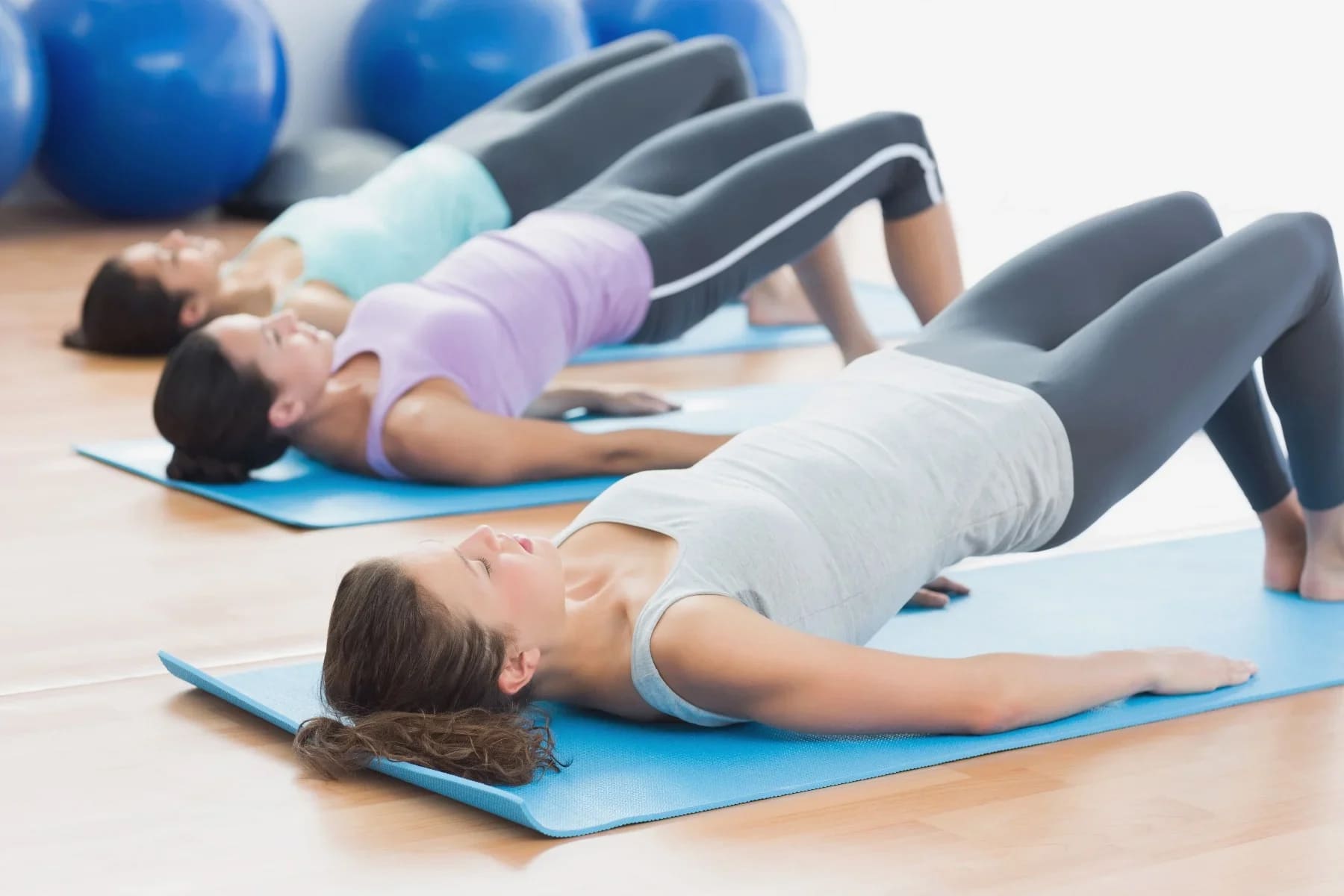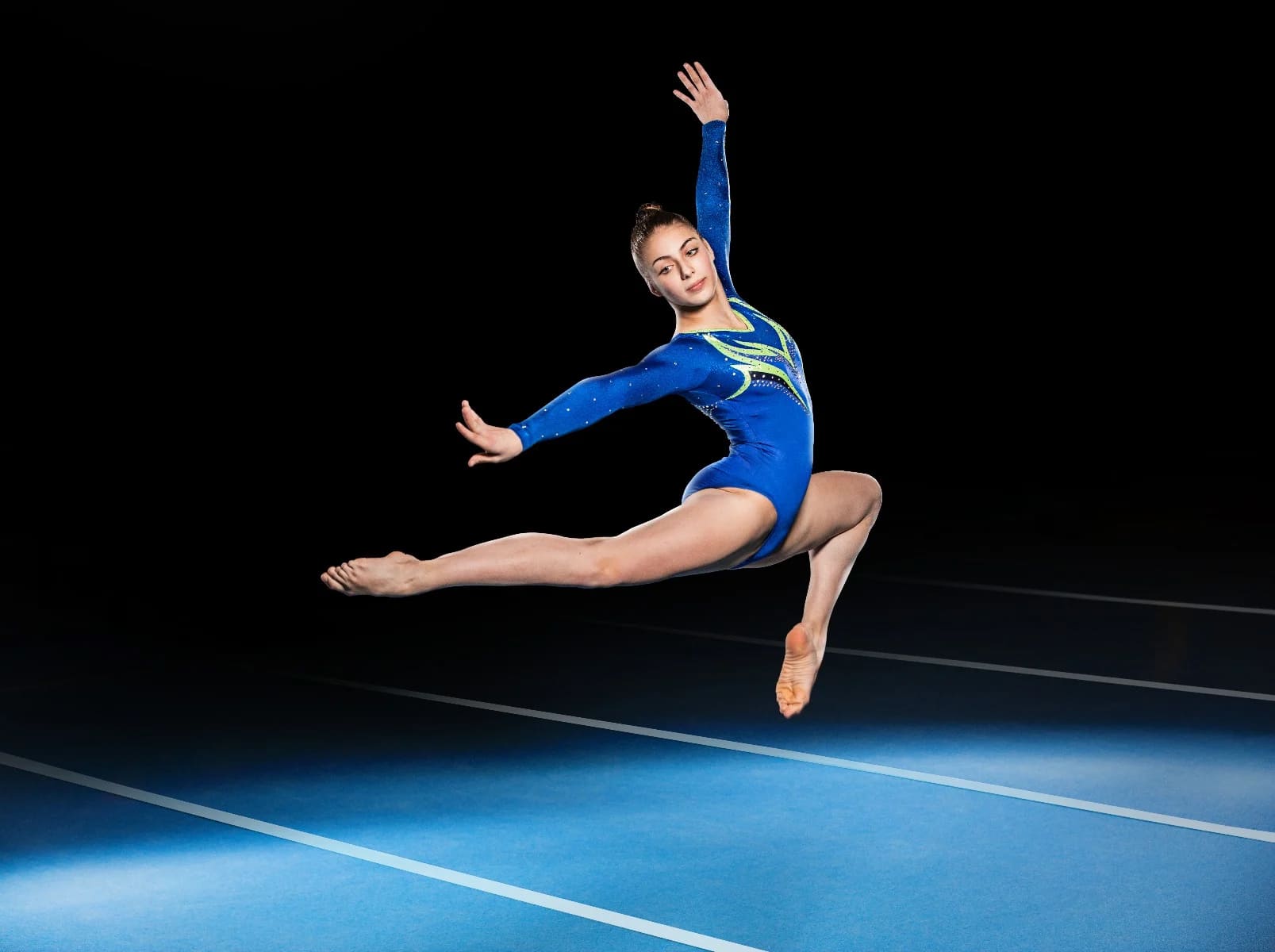If you suffer with a weak pelvic floor disorder such as a prolapsed uterus, you may have been advised to reduce the amount of time you spend exercising, or even to avoid exercising entirely. But staying active is hugely important for everyone, and should remain part of your healthy lifestyle. Here we have compiled advice on which exercises to avoid with weak pelvic floor muscles, as well as ones you can continue to enjoy - which have a low risk of causing a pelvic floor disorder to occur or an existing disorder to progress.
Symptoms of a weak pelvic floor
Excess Increased pressure on the pelvic floor muscles can result in a variety of pelvic floor disorders such as:
- Bladder weakness
- Loss of control of bowel and bladder
- Pelvic organ prolapse
- Decreased intimate sensation
- Stress urinary incontinence is the most common prevalent form of incontinence experienced during high impact activities, including jumping and running.
Other symptoms can include:
- Painful intercourse
- Lower back and hip pain
- Pelvic pain
- Pilates - Modern Pilates incorporates deep breathing and pelvic floor contractions. Even though the movements are not designed to specifically strengthen your pelvic floor, you may notice an improvement. Ensure you avoid core-straining moves.
- Yoga - As with Pilates, ensure you avoid core-straining moves. Yoga also includes deep breathing routines, with along with the mental and spiritual benefits, you may see greater control of your pelvic floor.
- Swimming and water aerobics - The water will act to reduce the pressure on your pelvic floor.
- Road cycling - The seat reduces pressure put on your pelvic floor. We have specified road cycling as rough surfaces will likely bump you around on the seat.
- Gym equipment - Such as the elliptical and stationary bike, which do not require you to jump and do not strain your core.
- Core-stability training - Stretching and strengthening exercises to improve the strength of your pelvic floor muscles and control of your pelvic organs, without straining your core.
- Hiking and walking - – if you are a female who has experienced a prolapse after giving birth, you might be wondering, will hiking or walking make prolapse worse? A gentle walk should be fine, just be sure to take it at your own pace
- Golf
- Rowing
- Tai Chi
- Low impact aerobics
- Gymnastics
- Running
- Weightlifting
- Triathlons - An endurance sport including long distance running and intense cycling.
- Intense core exercises - Like crunches and squats. These put pressure on your abdomen causing stress to your pelvic floor, occasionally resulting in pelvic pain.
- Wear a pessary - A pessary can be used to support a pelvic organ prolapse whilst you exercise, to reduce urine loss and the prolapse from worsening. To learn more about pessaries, visit our page on Pessaries for Pelvic Organ Prolapse.
-
Breath deeply - It's important to control your breathing as you exercise, to change the pressure within your pelvis and improve the quality of your exercises in general.
- Wear specialist support underwear / shorts - These provide support for your pelvic floor, reducing the stress put on your muscles as you exercise. The compression uplift supports the pelvic floor and any prolapse you are suffering with. Supporting the lower back and reducing muscle vibration.
-
Maintain good posture - When you have poor posture, your body is unbalanced. As a result you will be putting uneven pressure on your pelvic floor as you exercise.
- Know your limit! - Here are some warning signs you can look out for that suggest your pelvic floor is being overloaded; lower back pain (your prolapse may be at risk), pelvic pressure, bladder problems, bowel problems, bleeding (exercise can irritate severe prolapses as they rub on skin and clothing) and a vaginal bulge (any exercise that causes your prolapse to feel like it’s protruding more than usual is a very bad idea).
- Pelvic floor muscle training programme for professional athletes: Since athletes will need their pelvic floors to be much stronger than non-athletes to manage excessive pressure in that area, they will usually adopt a strong pelvic floor muscle training programme.
Choose Low Impact Exercises
Traditional exercises do not strengthen your pelvic floor, however there are a number of exercises that have a low risk of causing damage, and some exercises which can be amended to even enhance your pelvic floor muscles. It’s entirely possible to get an effective workout that has all the benefits of higher impact sports without the risk to your pelvic floor. These exercises are also ideal after surgery or childbirth.
Take a look at the list below for some ideas of low impact activities you can have a go at:

Exercises to avoid with weak pelvic floor
The main type of exercise you should avoid, to stop a pelvic floor disorder from occurring or worsening, is high impact exercise. This means any type of exercise that involves jumping with both feet off the ground simultaneously. When you land, the pelvic floor experiences downward pressure. When repeated as part of an exercise routine, your pelvic floor can fatigue and experience damage that lasts. In our ‘relationship between pelvic floor and gymnastics’ guide, women’s health physiotherapist, Emma Brockwell, noted that ground reaction force in high impact exercise is thought to be between 2.5 to 3 times your body weight. Your body needs to be able to cope with this.
Studies suggest that as a result of undertaking high impact exercises frequently, more than half of elite female athletes experience urinary incontinence, even when they are not exercising. With gymnasts being the most vulnerable, increasingly so if they are also mothers.
If you are suffering from a pelvic floor disorder or have previously undergone pelvic surgery to rectify a pelvic floor disorder, we recommend avoiding high impact exercises. Including:

NOTE: Studies show that damage caused to the pelvic floor as a result of regularly undertaking high impact exercises, can be reversed. Read our guidance on Strengthening Your Pelvic Floor Muscles for advice.
Protect Your Pelvic Floor Whilst You Exercise
We understand that if there’s a sport you really love it’s very difficult to come to terms with the idea that you may have to give it up. Whilst you complete any exercise there are a number of things you can do to reduce your risk of your pelvic floor disorder worsening:
Do Kegel exercises work?
While pelvic floor (Kegel) exercises can help to some degree, it's important to recognise that standard manual Kegel exercises may not be sufficient when there is severe weakness in the pelvic floor. In these circumstances, an electronic pelvic floor toner could be a useful alternative, with its ability to trigger strong and effective contractions of the pelvic floor muscles.
A Kegel exerciser such as the Kegel8 Ultra 20 Electronic Pelvic Floor Toner comes with programmes designed by physiotherapists to address different pelvic floor issues. These programmes are clinically designed to target muscle fibres, including fast- and slow-twitch.
While protecting your pelvic floor to prevent damage is essential, there is encouraging news: studies have suggested that damage caused by regularly undertaking high-impact exercises can be reversed. For more advice, read our guidance on Strengthening Your Pelvic Floor Muscles.
Sources
Bø, K. Herbert, R. D. (2013). Journal of Physiotherapy. There is not yet strong evidence that exercise regimens other than pelvic floor muscle training can reduce stress urinary incontinence in women: a systematic review. [online] 59(3), p159-168. [viewed 18/04/18]. Available from: http://www.journalofphysiotherapy.com/article/S1836-9553(13)70180-2/fulltext
Bø, K. Sundgot-Borgen, J. (2010). Scandinavian Journal of Medicine & Science in Sports. Are former female elite athletes more likely to experience urinary incontinence later in life than non-athletes? [online] https://doi.org/10.1111/j.1600-0838.2008.00871.x [viewed 17/04/18]. Available from: https://onlinelibrary.wiley.com/doi/abs/10.1111/j.1600-0838.2008.00871.x
Carvalhais, A. Natal Jorge, R. Bø, K. (2017). British Journal of Sports Medicine.Performing high-level sport is strongly associated with urinary incontinence in elite athletes: a comparative study of 372 elite female athletes and 372 controls. [online] doi:10.1136/bjsports-2017-097587 [viewed 17/04/18]. Available from: http://bjsm.bmj.com/content/early/2017/07/24/bjsports-2017-097587.long
Dwyer, P. L. Karmakar, D. (2018). An International Journal of Obstetrics and Gynaecology. High impact exercise may cause pelvic floor dysfunction. [online] p 614. [viewed 17/04/18]. Available from: https://obgyn.onlinelibrary.wiley.com/doi/pdf/10.1111/1471-0528.15025
Ludviksdottir, I. Hardardottir, H. Sigurdardottir, T. Ulfarsson, G. F. (2018) Læknablaðið. Comparison of pelvic floor muscle strength in competition-level athletes and untrained women. [online] 104(3), p133-138. [viewed 17/04/18]. Available from: https://www.ncbi.nlm.nih.gov/pubmed/29493531
McClurg, D. Pollock, A. Campbell, P. Hazelton, C. Elders, A. Hagen, S. Hill, D. C. (2016). Cochrane Database of Systematic Reviews.Conservative interventions for urinary incontinence in women: an Overview of Cochrane systematic reviews. [online] DOI: 10.1002/14651858.CD012337. [viewed 18/04/18]. Available from: http://cochranelibrary-wiley.com/doi/10.1002/14651858.CD012337/full
Middlekauff, M. L. Egger, M. J. Nygaard, I. E. Shaw, J. M. (2016). American Journal of Obstetrics & Gynecology. The impact of acute and chronic strenuous exercise on pelvic floor muscle strength and support in nulliparous healthy women. [online] 215(3), p316 e1-7. [viewed 17/04/18]. Available from: http://www.ajog.org/article/S0002-9378(16)00329-X/fulltext
Nygaard, I. (1995). The Journal of Reproductive Medicine.Prevention of exercise incontinence with mechanical devices. [online] 40(2), p89-94. [viewed 18/04/18]. Available from: https://www.ncbi.nlm.nih.gov/pubmed/7738934
Reynolds, S. Boydm, M. (2014). A pilot study to investigate the effects of wearing support shorts during exercise on women with Stress Urinary Incontinence.Second year physiotherapy student, funded from the RCSI Research Summer School 2014. School of Physiotherapy, Royal College of Surgeons in Ireland.
Thyssen, H. H. Clevin,L. Olesen, S. Lose, G. (2002). International Urogynecology Journal and Pelvic Floor Dysfunction.Urinary incontinence in elite female athletes and dancers. [online] 13(1), p15-17. [viewed 17/04/18]. Available from: https://www.ncbi.nlm.nih.gov/pubmed/11999199
Yi,J. Tenfelde, S. Tell,D. Brincat,C. Fitzgerald, C. (2016). Female Pelvic Medicine & Reconstructive Surgery. Triathlete Risk of Pelvic Floor Disorders, Pelvic Girdle Pain, and Female Athlete Triad. [online] 22(5), p373-376. [viewed 17/04/18]. Available from: https://insights.ovid.com/pubmed?pmid=27403753



